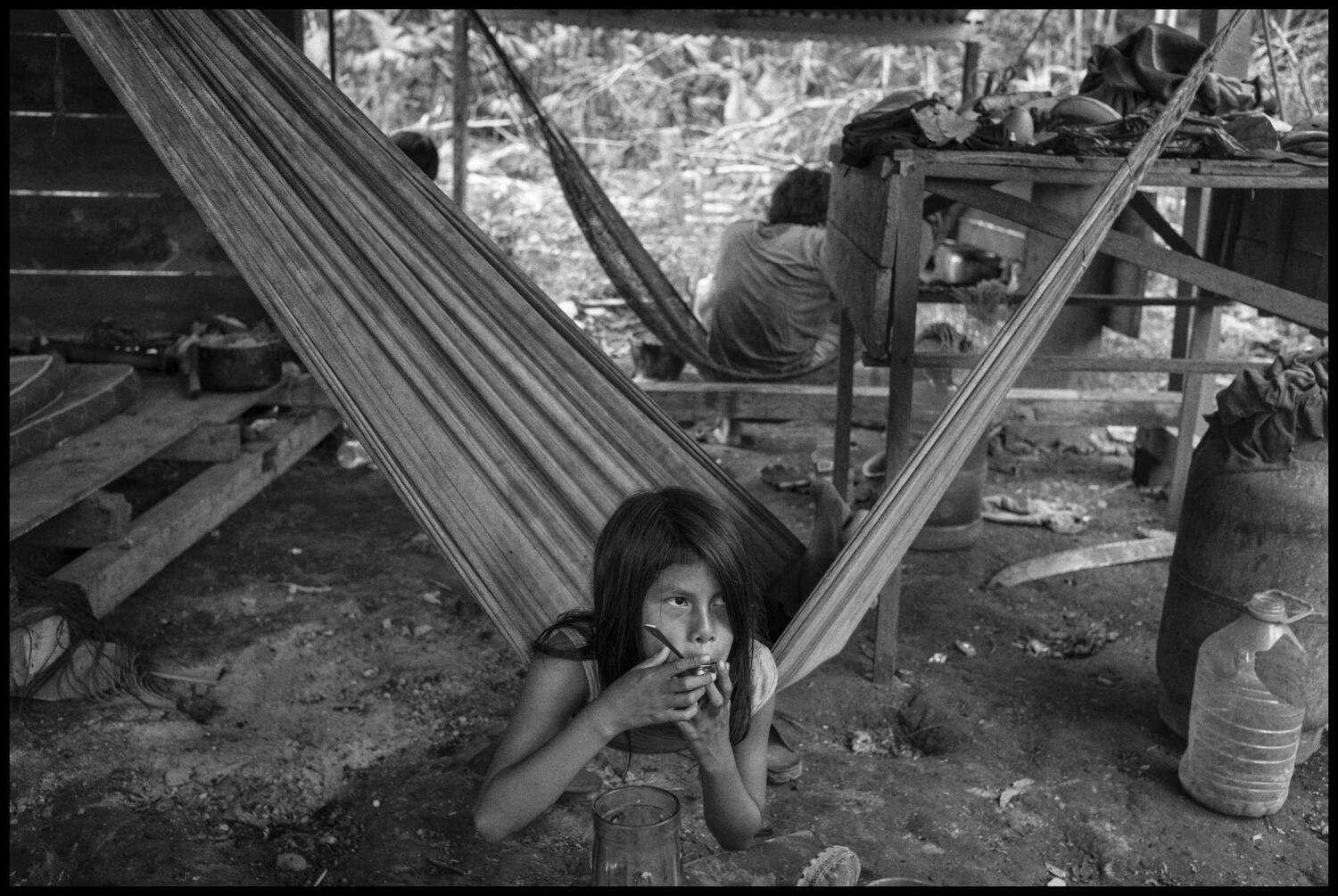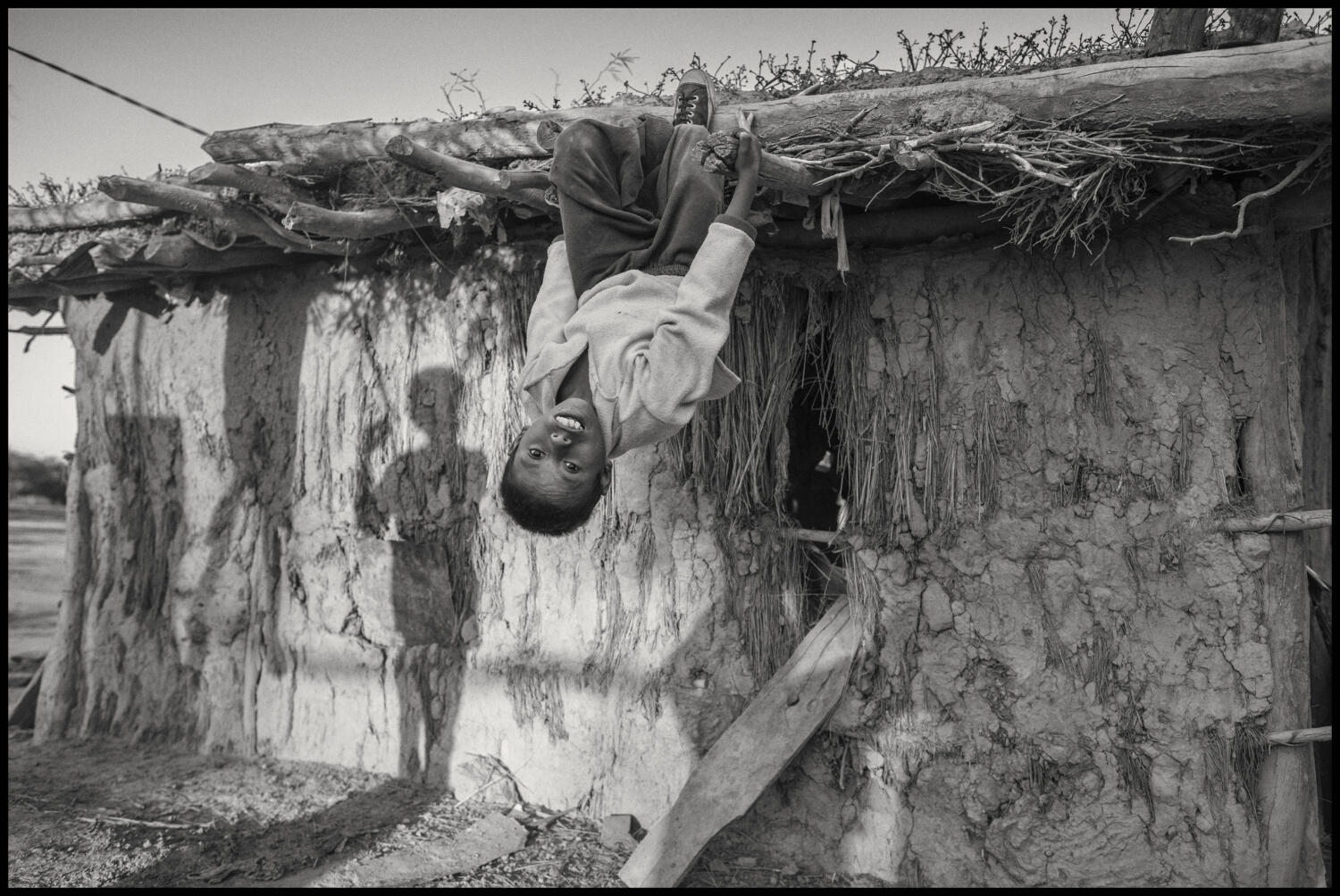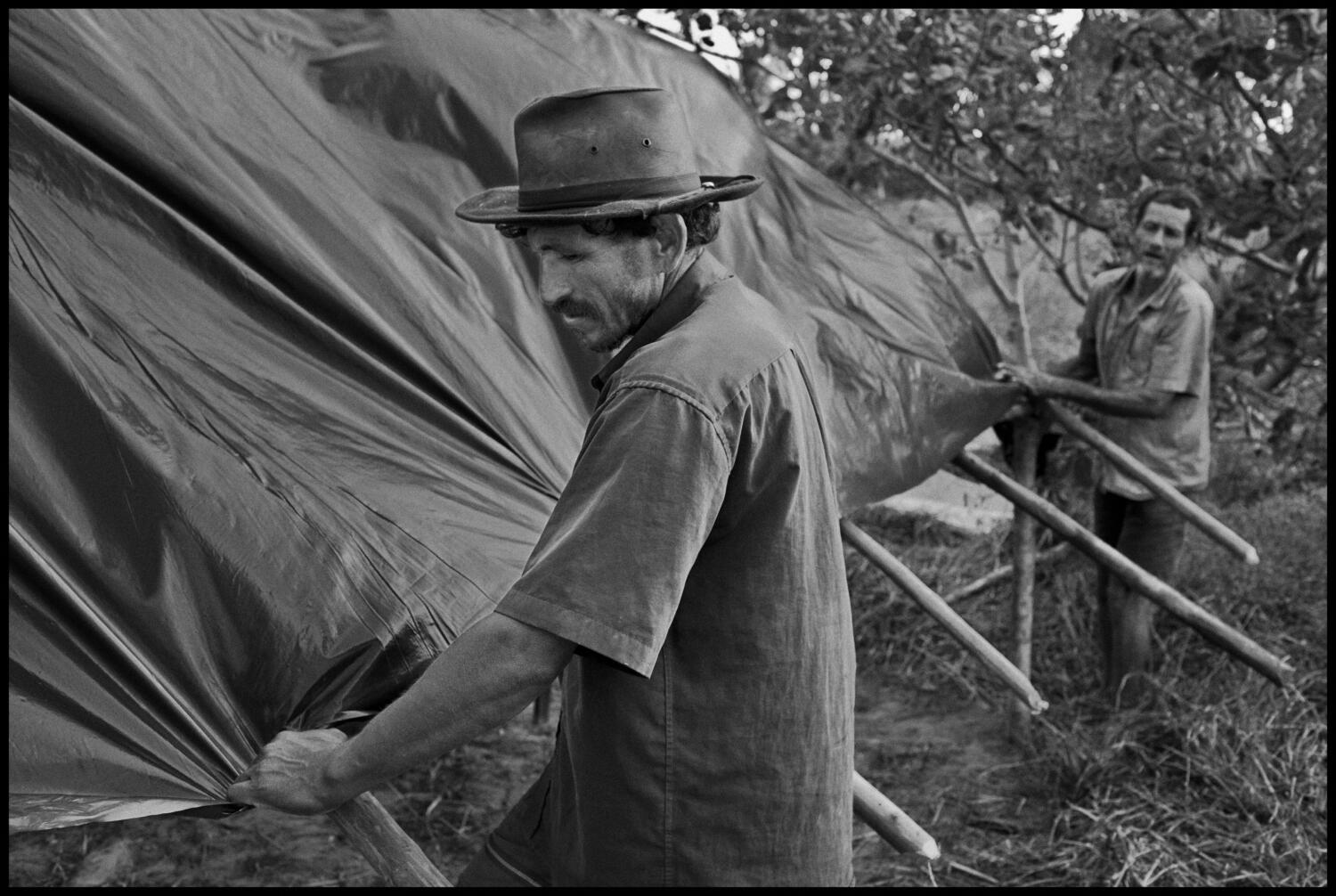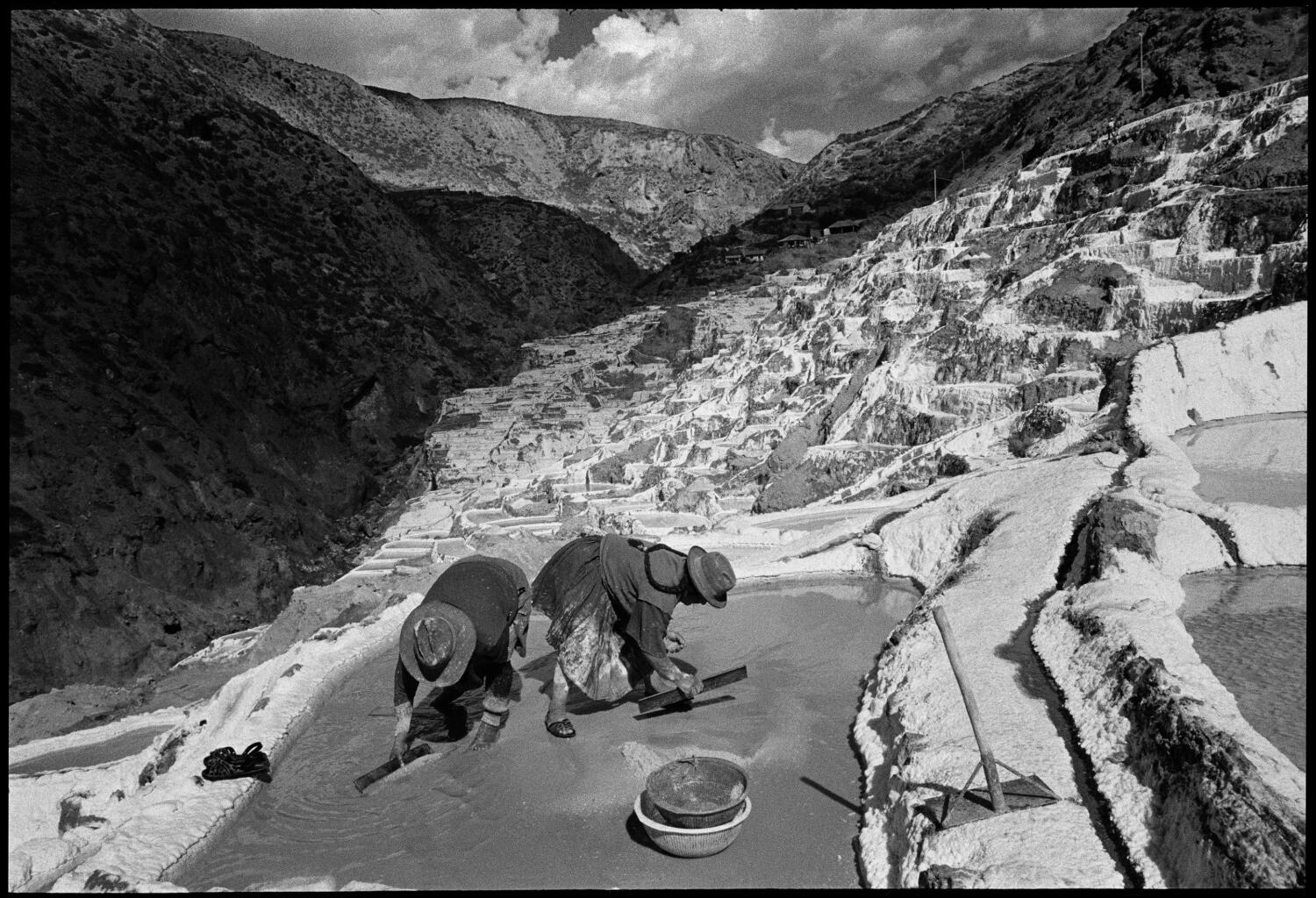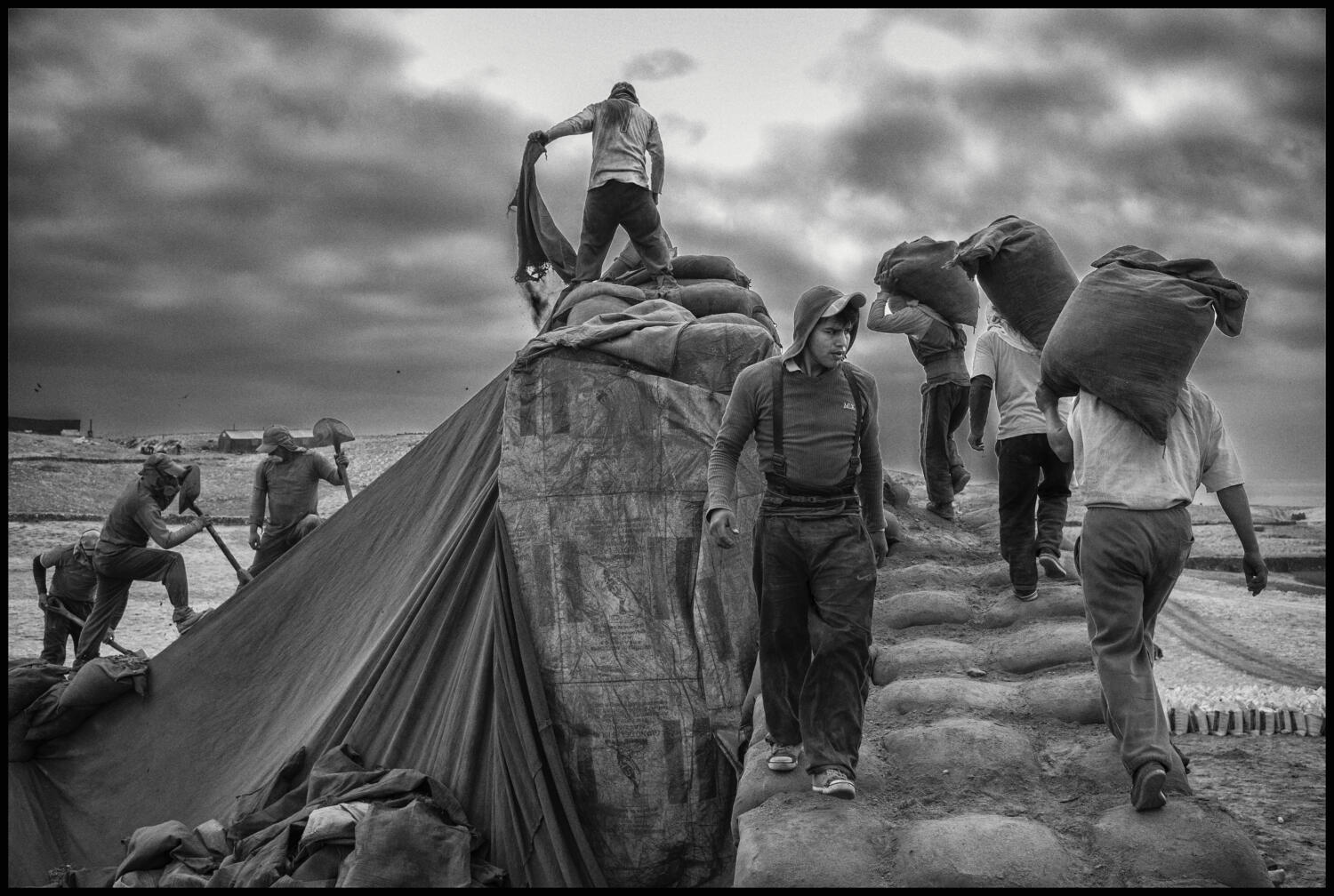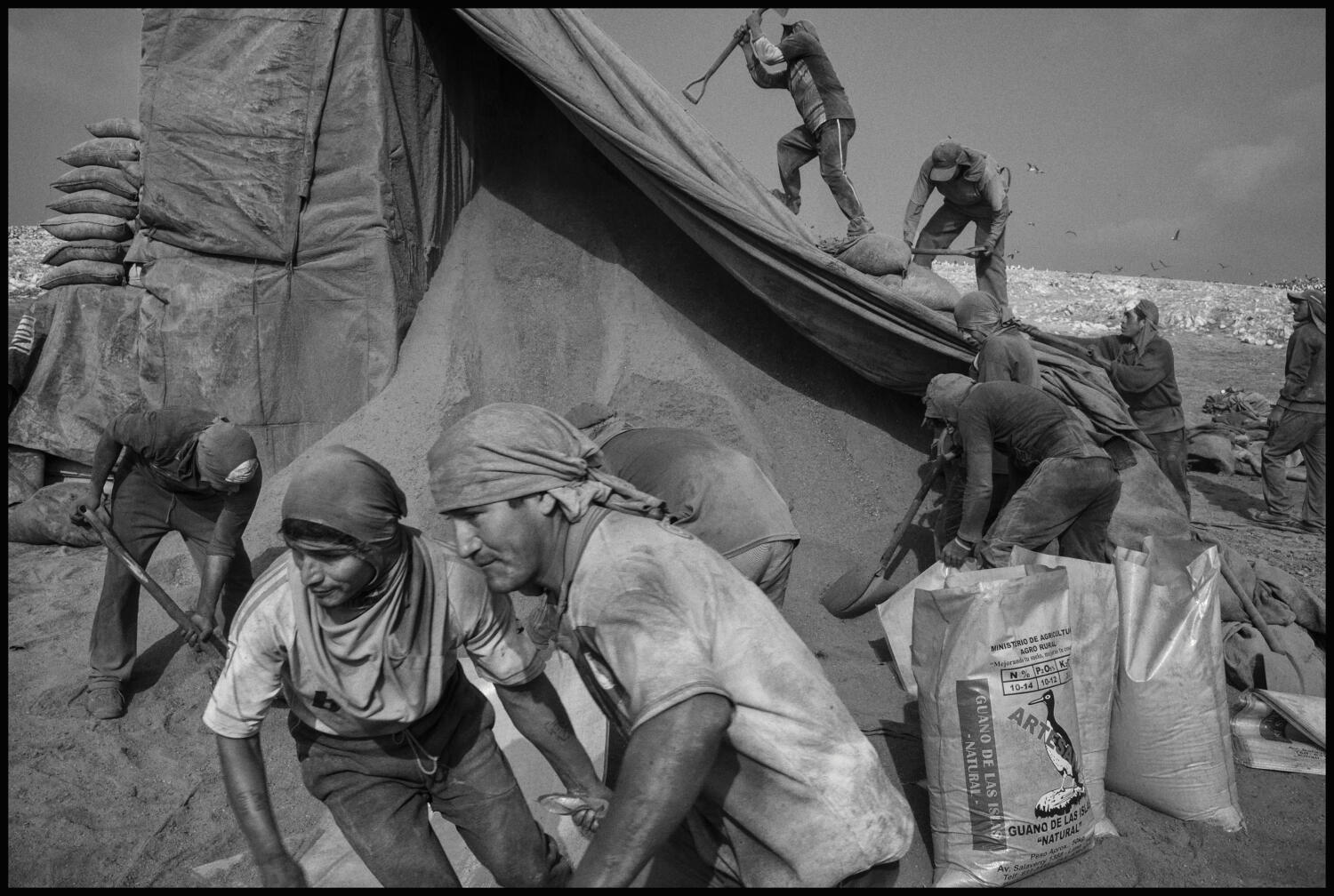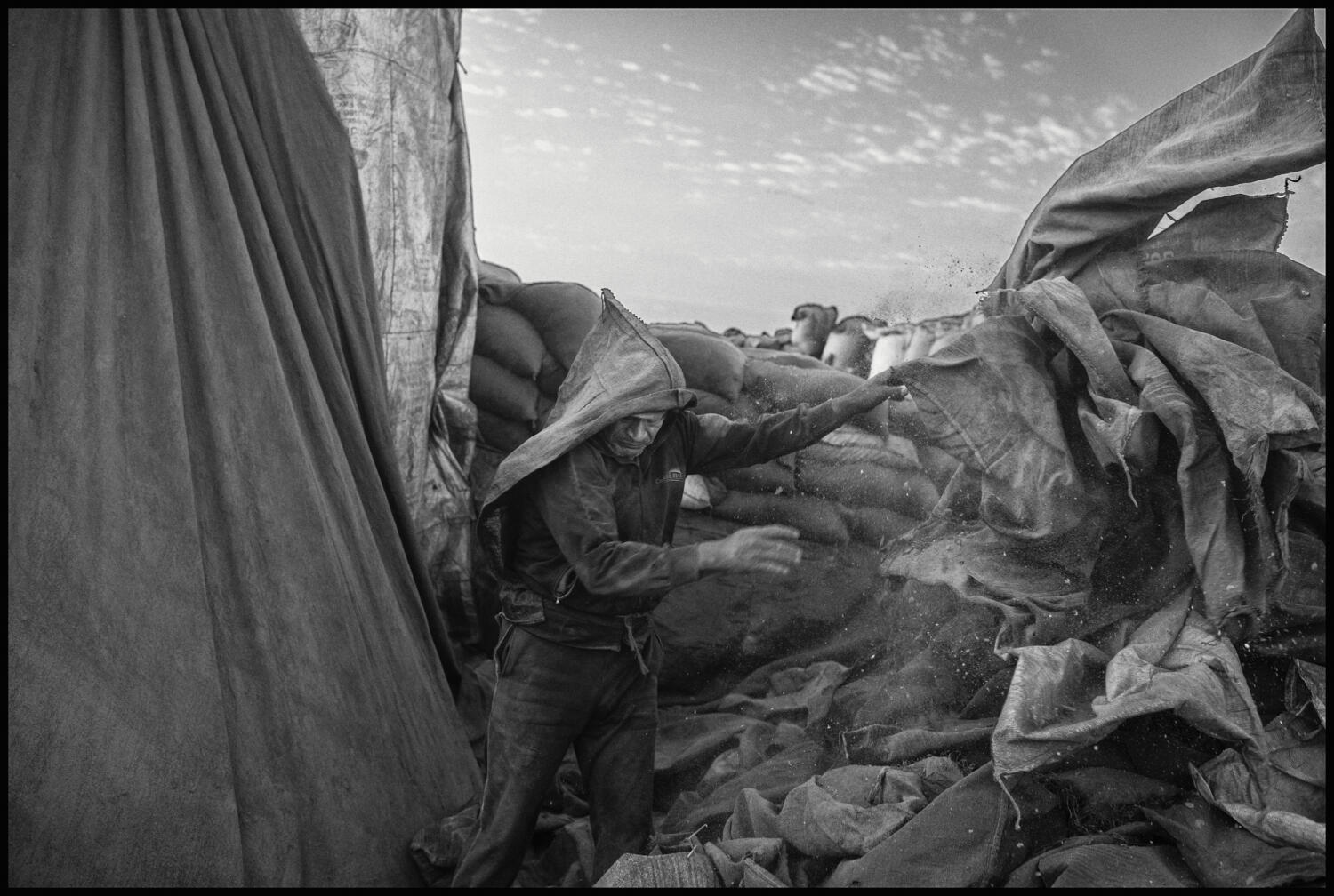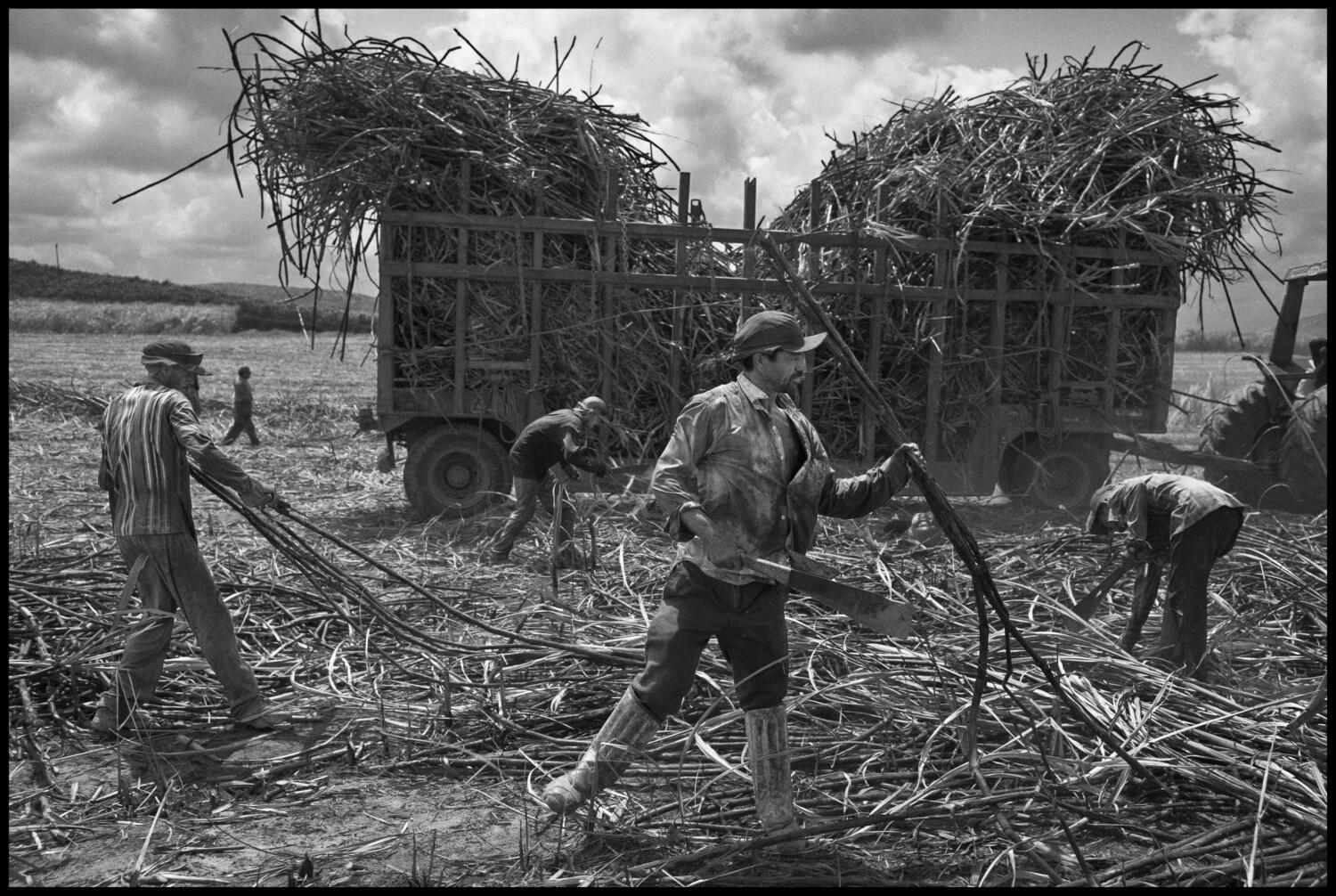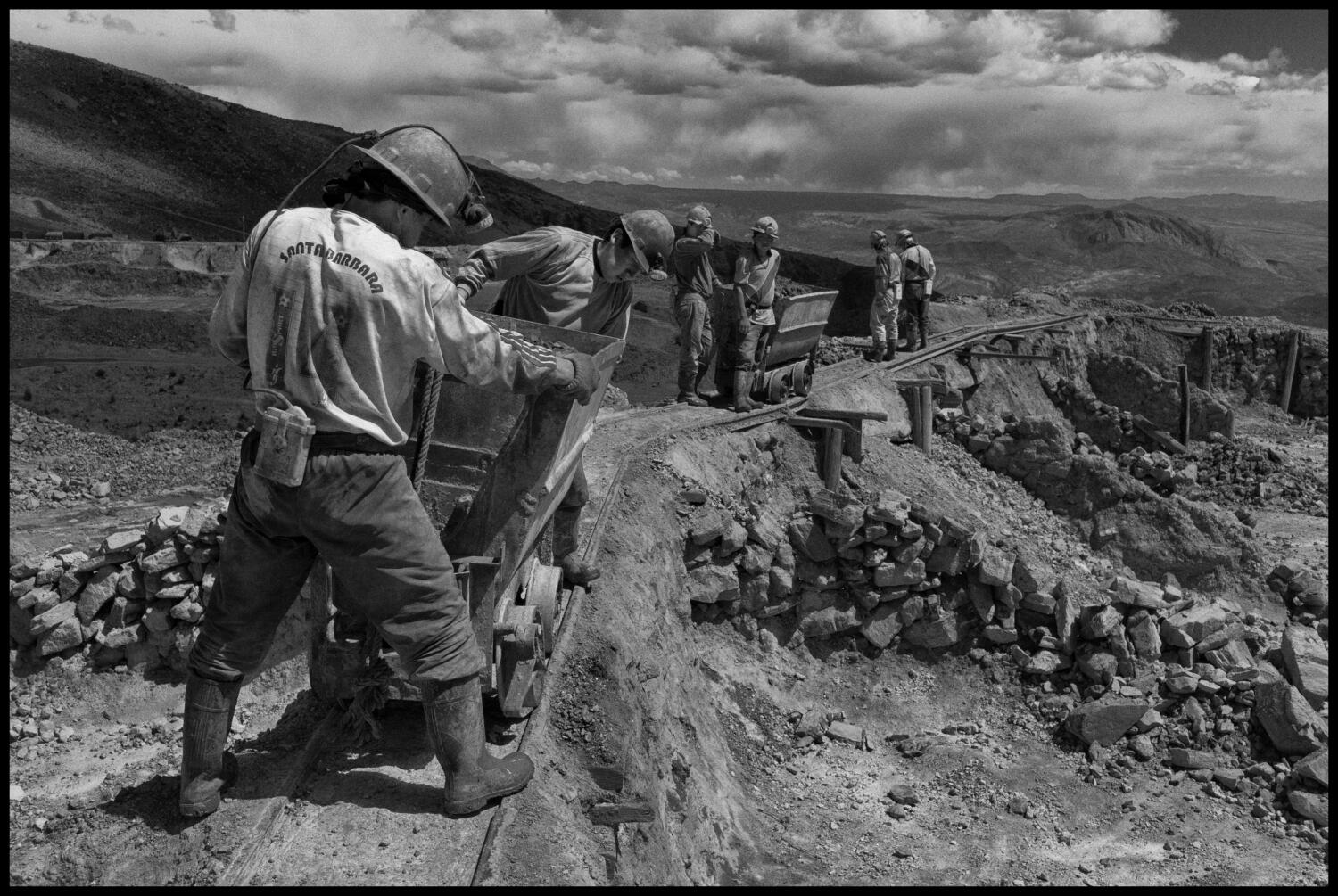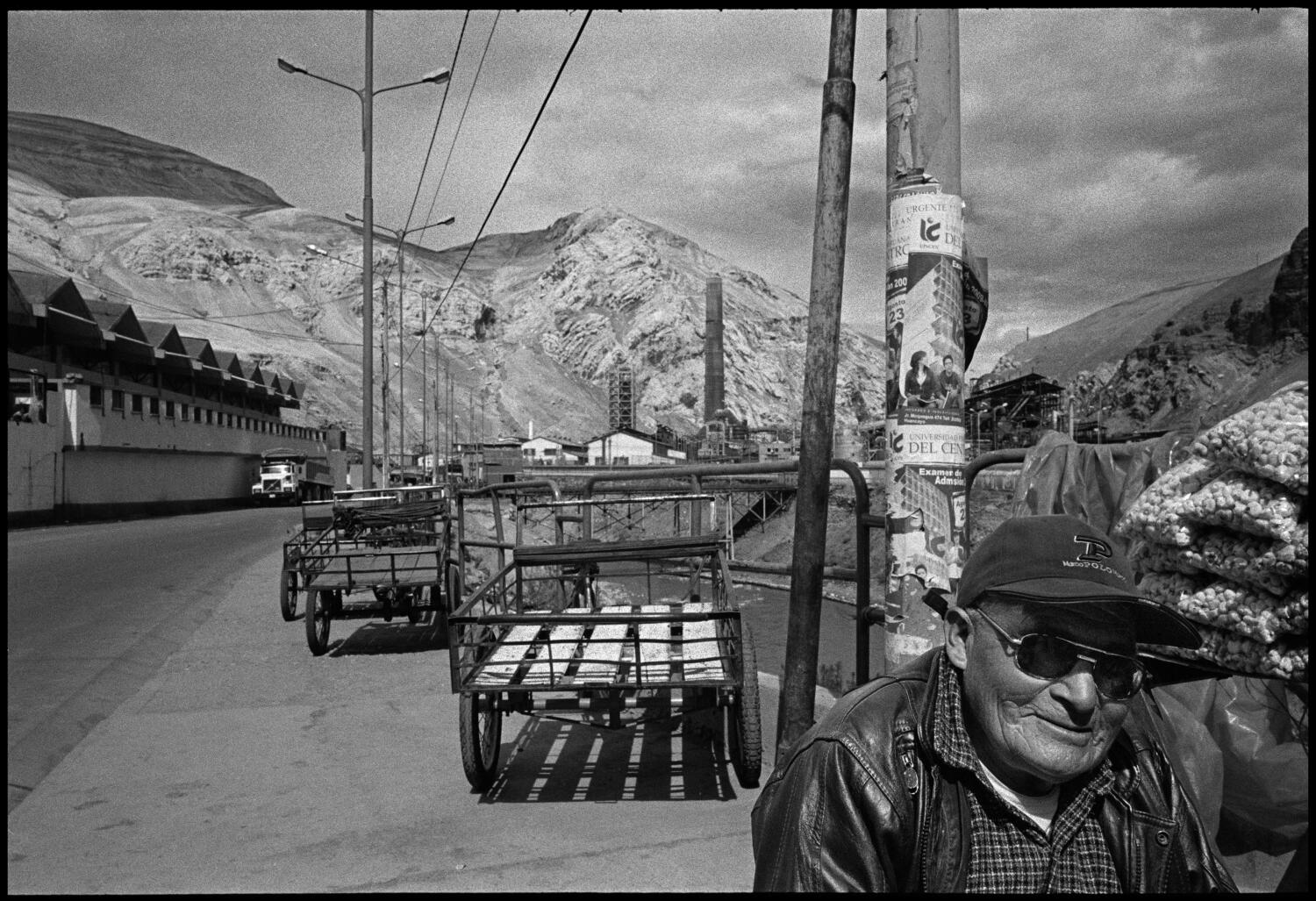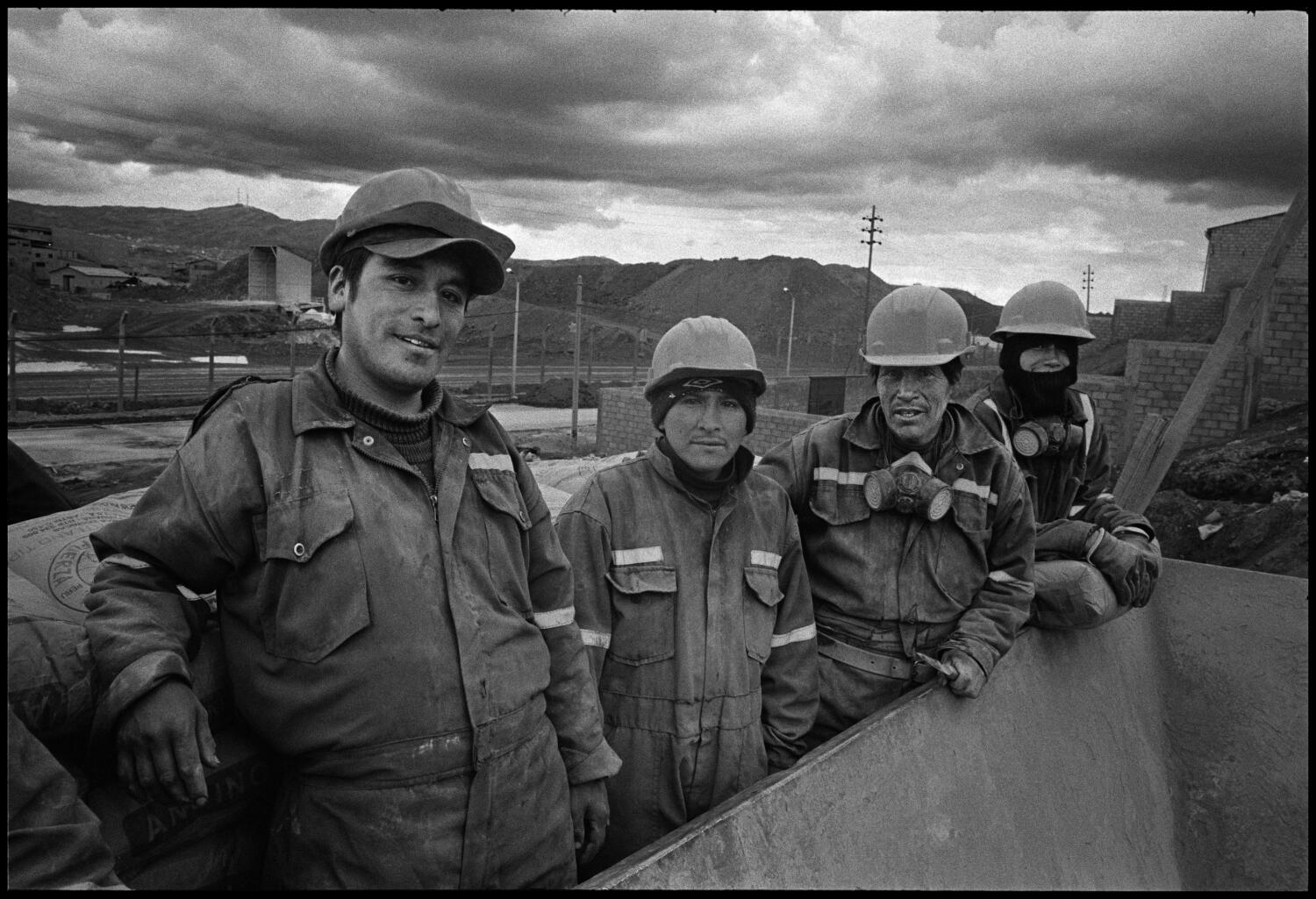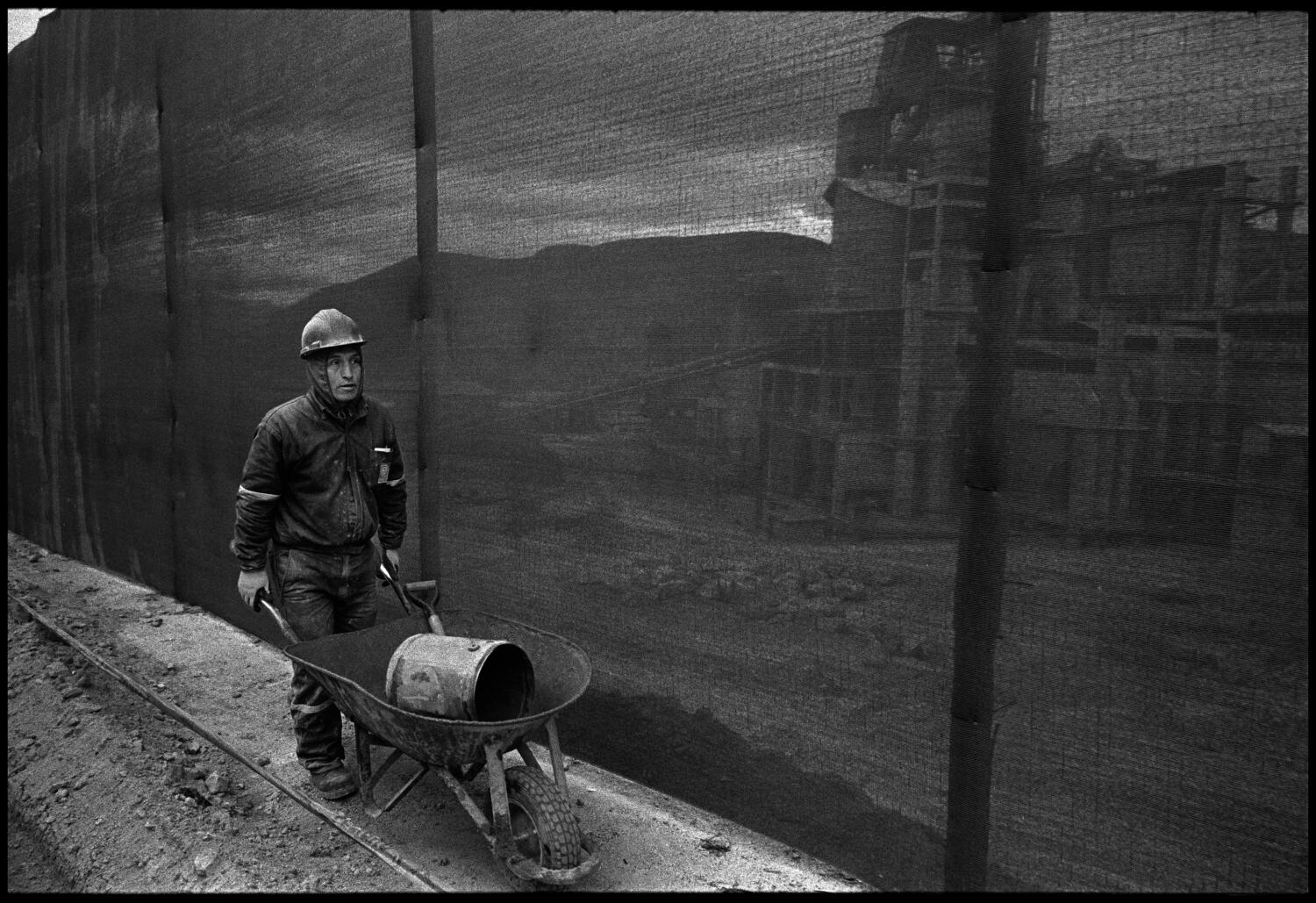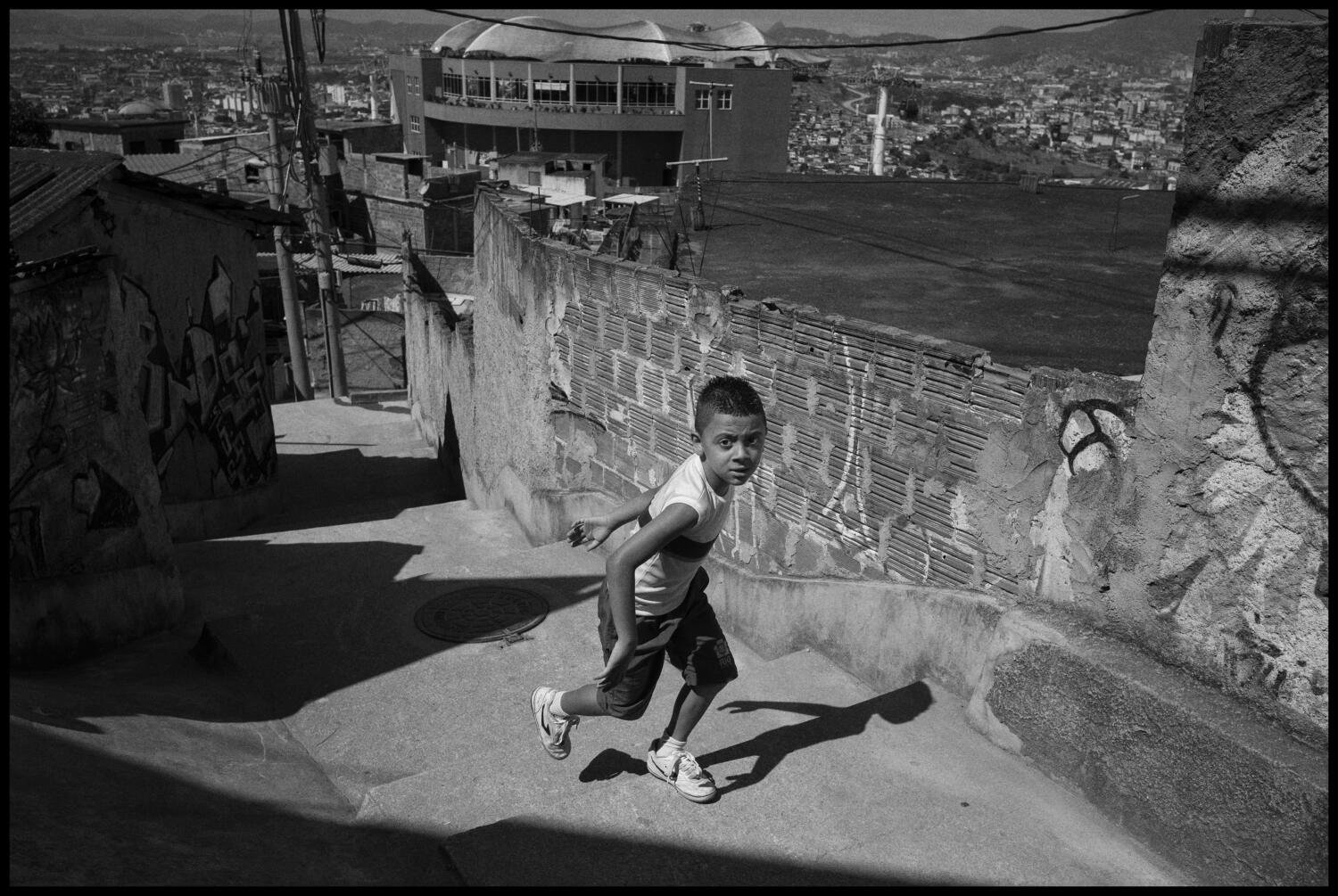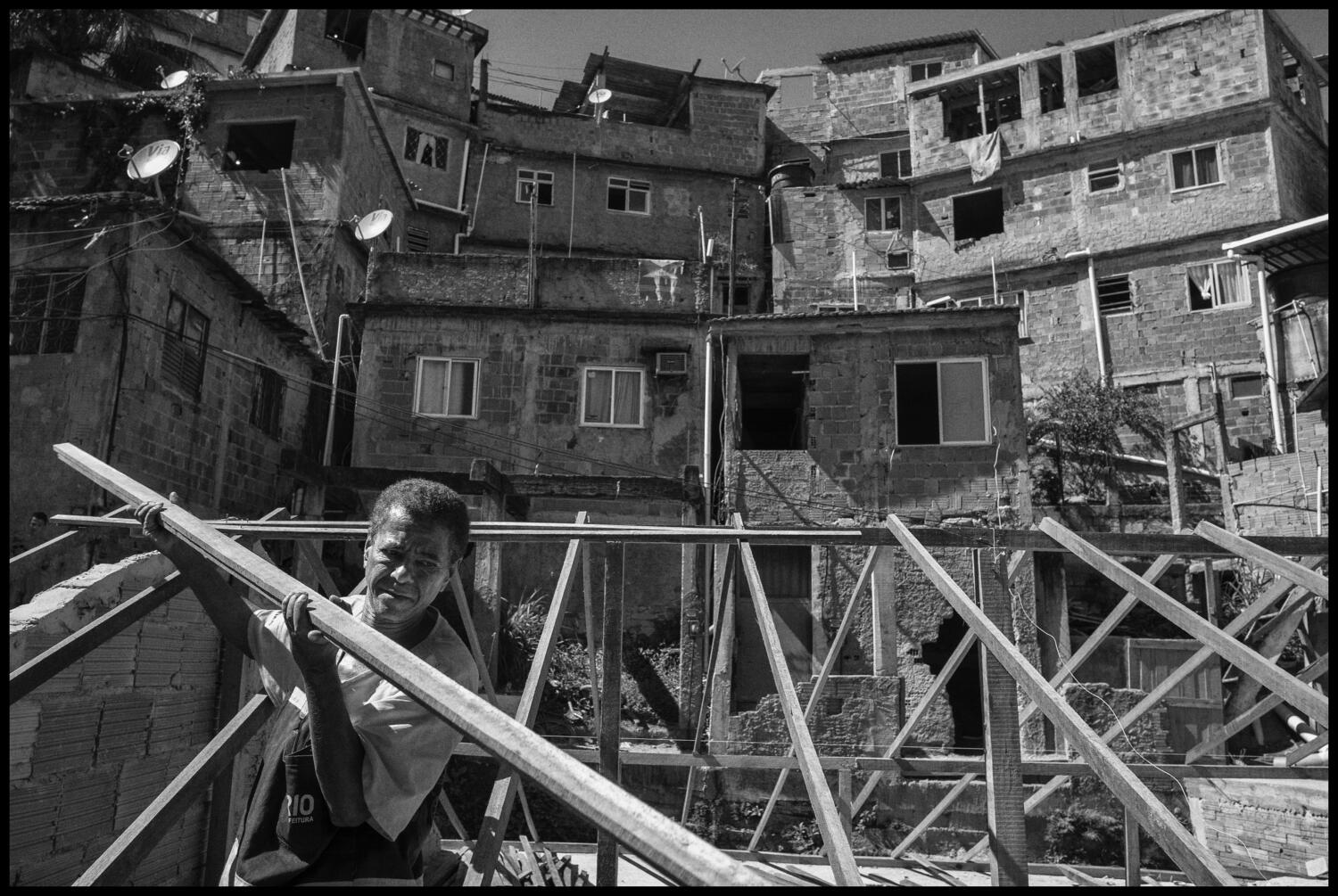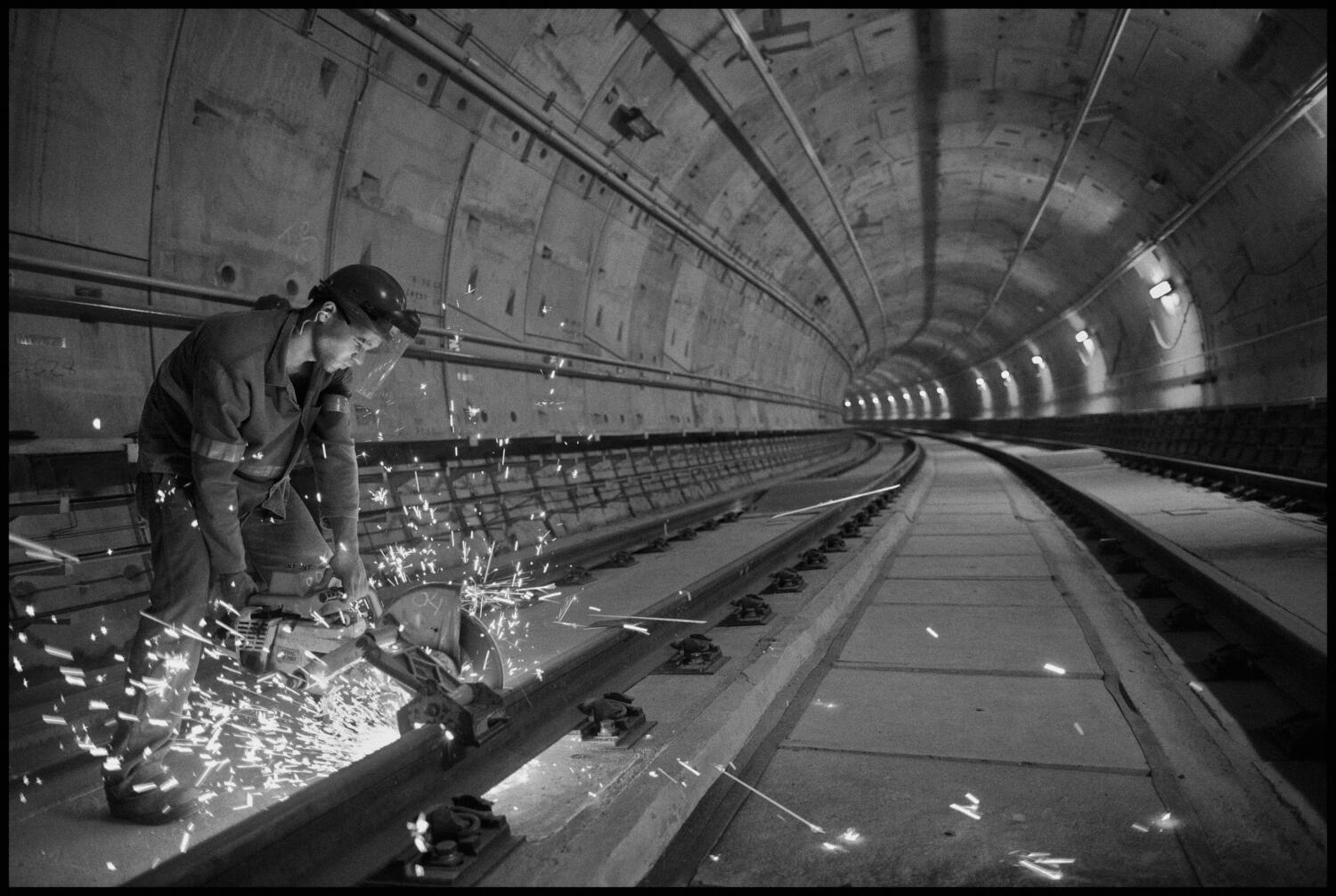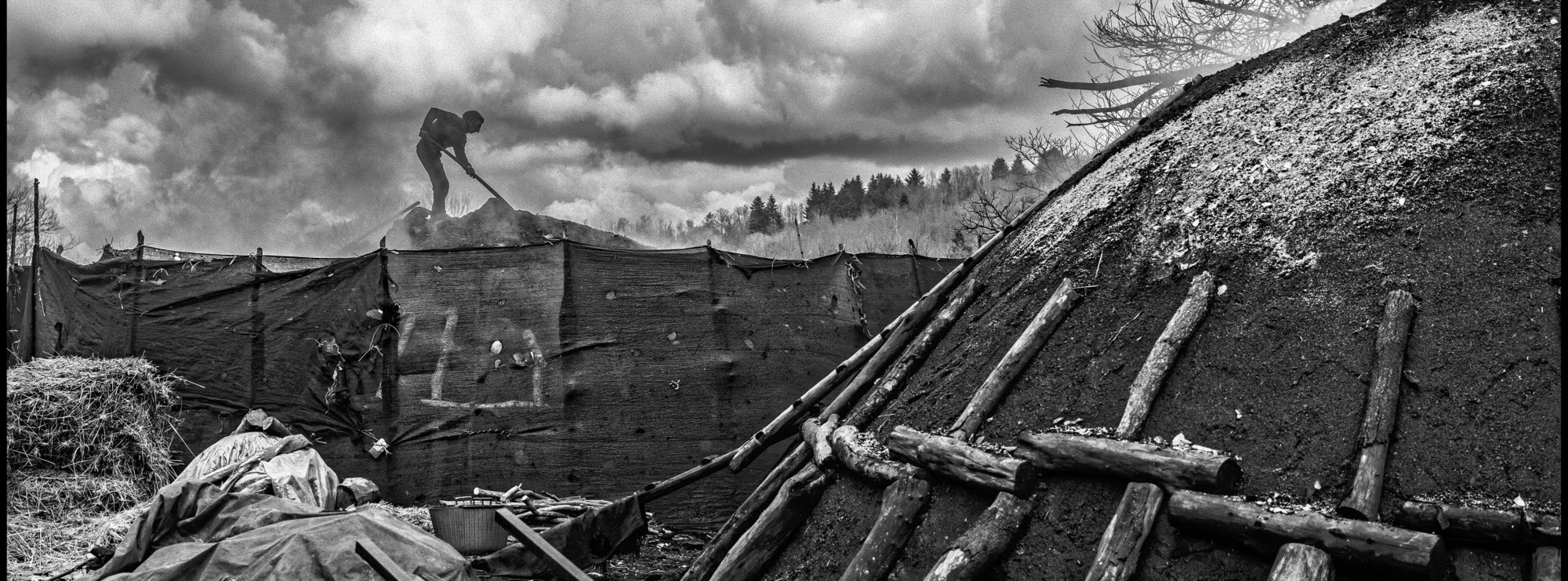
Ludovic Vauthier
South America: Mutation of a Continent
This serie of reportages try to show how new economic development cannot be fully detached from the past. In South America, a lot of new project have some limitations : respect of the rights and lands of minorities which were there even before the conquistadors’ arrival. The evidence of the Past could even be seen today with still remaining ancestral cultuvating techniques : salt harvest in the marinas of Maras, guano harvest on the Chincha islands and the last sugar canne cutters in Brazil. In Bolivia, in Potosi, the same mines exploited by the conquistadors are still used today by small mining cooperatives with a falling yield. Unfortunately, modern industries could sometimes destroy environment, human rights. In la Oroya, lead refining has been the cause of an environmental disaster up to 20 kms around the city and a lot of local people suffer from lead poisoning. In Cerro de Pasco, in order to increase the size of the copper mine which is in the middle of the city, the historical city is progressively buried and displaced. Hopefully, there are some progress. Even if, as feared by the local communities, the ambitious pacification program of the favelas in Rio was not perfect, it succeeded to give access to electricity, better transport and decent houses to the local population. Ecuador has also used its oil revenue to invest massively in infrastructure like roads and hydro electric plant. I have tried to leave some evidences of these contradictions between the past and present times. However, this work does not have any moralistic approach.
